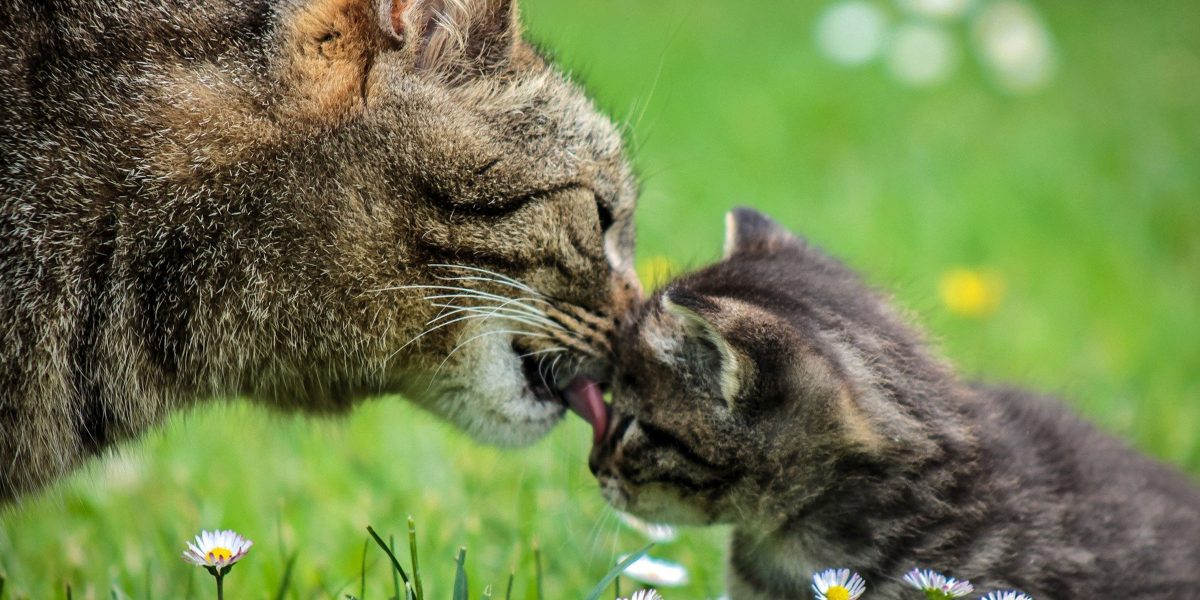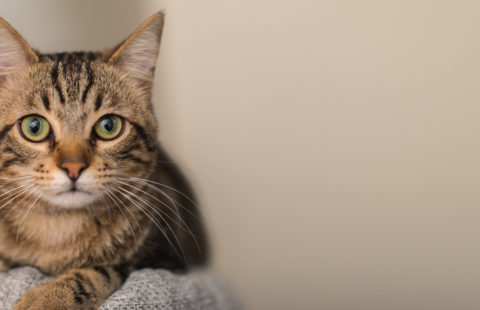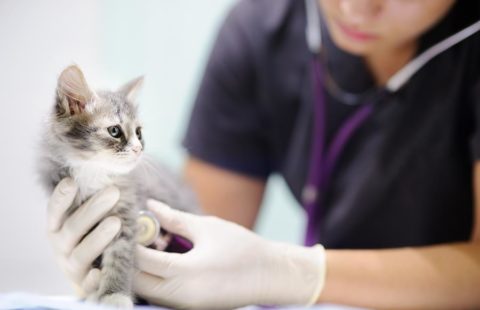Breed differences of inherited behaviours in cats – is it in the genes?
Domestic dogs have historically been bred for certain behaviours that have increased their success when working alongside humans, for example, when hunting, guarding or herding. In comparison, breeding cats and selecting for specific behavioural characteristics is much less common and the majority of pet cats are not pedigree breeds. However, when we have bred pedigree cats it has been less focussed on specific behaviours we want performed and more on choosing features that determine what our cats will look like, eg, coat colour. However, breeders and owners of different types of pedigree cats have long described their cats to have breed-specific characteristics. For example, if you’re the owner of a Siamese cat you may be familiar with their vocalisations! Until recently there has been very little research focused on whether individuals of different cat breeds are more likely to display certain behaviours. However, a recently published study found that there were indeed, genetic links between cat breeds and specific behaviours they performed.
The study surveyed 5726 cat owners and examined breed differences in behaviours across 40 different breeds of cat. The study found that between certain breeds (or groups of similar breeds) there were differences in behaviours and provided evidence that this was down to their genetics rather than environmental influences. Importantly, the cats from each breed studied were not all living in the same place which meant the researchers could discount the cat’s environment from being the influence on their similar behaviours. Of course, the environment a kitten grows up does shape its behaviour but these behaviours within a breed were so evident, despite having grown up in different environments highlighting the strong genetic influence. Some breeds which had similar physical characteristics were also found to be have similarities in behaviour, such as the Turkish Vans and Angoras, suggesting links between the physical appearance and behaviour traits of certain breeds.
So how are the findings of this study relevant to us as owners and breeders of cats? iCatCare behaviour experts offer their insight.
Whilst appropriate socialisation and positive early experiences are hugely important in shaping how a kitten responds to the world around them, it is also important to recognise that at least some behaviours are genetically inherited from the parents. Socialisation is therefore not the only influence on how a kitten, and later as an adult cat, will behave. For more information on socialisation of kittens please see our website page ‘Bringing up a litter of kittens – behavioural considerations’
Cat breeders need to pay close attention to the behaviours and temperaments of their breeding cats (for both parents) as their behaviour traits may be inherited by their kittens. For example, if an adult cat frequently displays fearful behaviour towards people, this behaviour has the potential to be passed on to any kittens produced if the cat is bred from. If the kittens are genetically more likely to show fear responses, then getting them used to life as a pet cat and living with people is going to be far more challenging due to this genetic predisposition. Therefore, choosing parents based on their temperament and suitability to be a pet cat is very important.
This study also helps owners to have a better understanding of the types of behaviours a chosen breed may display, allowing them to make better informed decisions about getting the right cat for their personal circumstances. By choosing a breed based on its behaviour and health rather than looks, an owner is more likely to choose a cat suited to their lifestyle and needs. This then means that cats are less likely to be returned to the breeder or rehomed elsewhere if they are found to be incompatible with their owner’s lifestyle later on. You can learn more about different pedigree breeds of cat here.
The study found that all of the cat breeds tested showed genetic links between human directed aggression traits and shyness traits. Shyness traits were defined as cats showing fearful behaviour. This means that fearful behaviour and aggression towards humans are linked. This tells us that individual cats that are fearful of something are more likely to display aggressive behaviour if they cannot escape what it is they find scary. Therefore, we need to be aware that if we interact with cats that are fearful of people, we may well be causing these cats to show aggressive behaviours as they try to remove something they are fearful of. Rather than simply labelling these cats as ‘bad’ or ‘difficult’ we must appreciate that they are scared. Therefore, we need to be aware of the best ways to interact with these cats so that we avoid intensifying these feelings of fear and improve their wellbeing.
So, what is the take home message of this research for us?
The authors state that ‘breeding programs using personality (in addition to physical health) as the main selection criteria could lead to less unwanted behaviour, and thus improve cat welfare.’ Rather than choosing to breed cats based on conformation and looks, we should place more emphasis on the personalities and behaviours displayed to influence breeding decisions and increase the chances of breeding cats with less unwanted behaviours.
To read the full study, click here.
Thinking of getting a pedigree kitten? Remember to consider the personalities of the parents as well as other factors such as environment and health that all contribute to a kitten being a suitable pet. For help with this, download the Kitten Checklist.






